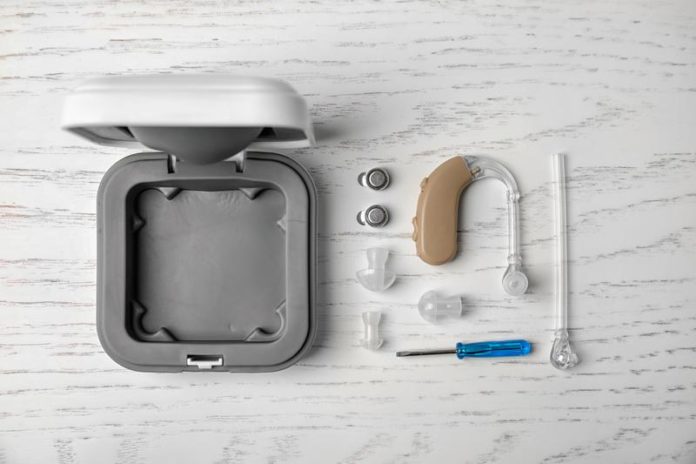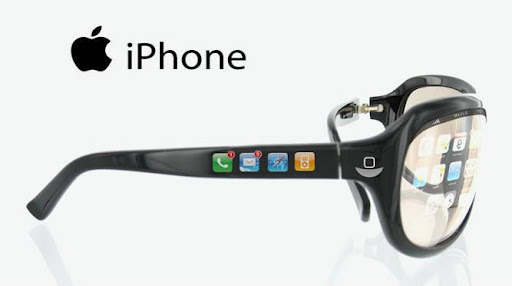No matter your hearing challenges, modern hearing aid technology is advancing rapidly and can actually make every aspect of communication easier than ever before. Your options include wireless Bluetooth streaming and the chance to connect to your smartphone.
More Digital
Digital hearing aid technology functionally turns your amplification tools into a pair of highly specialized digital headphones. You can sync many of these to your smartphone or other audio devices to enable you to move from face to face conversation to phone calls quickly and easily. In addition, the rechargeable battery options mean that a single battery charge can take you through the whole day. The first digital hearing aid was developed by Siemens in the 1990s. This technology continues to grow exponentially as the year’s pass.
Safety Features
In addition to digital technology, there are hearing aids on the market that can provide translations or summon help if you fall. This AI option is available in a behind the ear or BTE unit and can help you to monitor your overall health condition on a daily basis. If more activity is your goal, a hearing aid built to offer artificial intelligence as a bonus to providing you with clear audio is a great investment.
Work for All Kinds of Hearing Loss
Whether your hearing loss is conductive and related to problems with the eardrum and bones or if the condition is sensorineural or nerve-related, quality digital hearing aids can provide assistance. With some forms of hearing loss, such as Meniere’s disease, it’s hard to know at what point the hearing loss is permanent. Many forms of hearing loss are caused by inflammation, and steroidal treatment of the condition can help in regaining some hearing. However, if the hearing loss is known to be profound, hearing aids can help no matter the severity of the hearing loss. If the hearing mechanism, including the small bones of the ear and the eardrum, an implant can help. Digital hearing aids can fit both in the ear and over it. These tools are getting smaller and more comfortable for users year by year.
As the baby boomer demographic ages, the risk of hearing loss increases. Many who suffer from hearing loss may worry about dealing with a hearing aid, remember the bulky beige units of yesterday. However, today’s hearing aid users will find themselves well connected to the world once their hearing aids are charged and put to use.
Read this article for information about more ways technology can improve daily life.



















